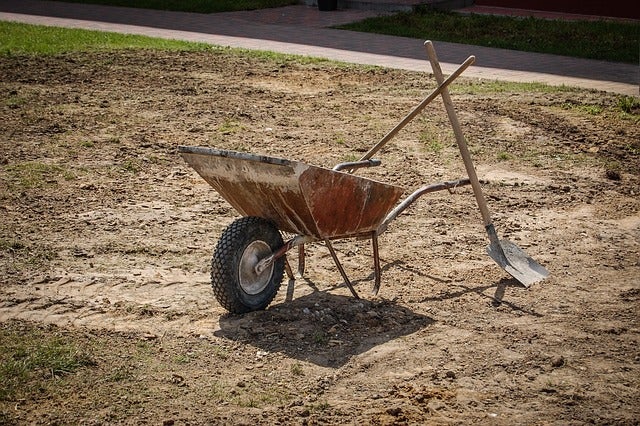How do you bring more doctors here
Published 8:00 am Friday, October 13, 2023
|
Getting your Trinity Audio player ready...
|
Lunenburg County needs more doctors. That part isn’t in dispute. It’s also not alone in that need. In Nottoway, Prince Edward, Charlotte and the surrounding counties, you’ll find the same problem and the same question. What’s being done to fix it? Part of that answer comes through a regional project, set up with funding from the state.
“Something the pandemic did highlight was the need for medical professionals in general,” said Harrison Hayes, executive director of the Virginia Health Workforce Development Authority. “You saw that hospitals were vastly understaffed — and nursing, and for physicians. Just in a lot of different professions. So, what it allowed was opportunities for medical institutions, health care providers to actually start to go into schools.”
One way to do that is through a program called the Talent Pathways Planning Initiative. The Southern Virginia Partnership for Health Science Careers picked up a $133,000 grant this month to develop a plan to improve health care across this region.
It’s actually part of nearly $3.8 million in overall grant funding released by the Virginia Department of Housing and Community Development last month targeting a number of different careers across the board.
This particular initiative will analyze the labor market, evaluate training programs, and then develop action plans to not only recruit health care workers, but to then keep them here.
RECRUITMENT HITS SOME BARRIERS
Especially in rural communities, where recruitment and retention efforts hit a number of barriers, according to a new health workforce study released by the Health Workforce Development Authority. Challenges include what many might think of insufficient infrastructure — like housing, transportation and child care — as well as compensation.
“When you look at rural areas, it can be hard to attract the (medical field) students, and to get them to stay in that rural region,” Hayes said. Studies like this help Hayes and his team discover ways to become more acclimated to specific rural cultures to the point they can “feel comfortable working in the region, and that they want to stay in the region.”
The initiative is targeted primarily at high school students, Hayes said — especially those who have not yet entered their senior year, and may still be considering future career options. While many might associate the medical field primarily with doctors and floor nurses — who require many years of schooling — there are a number of other fields that pay quite well, including those that may require just two years of additional schooling once they graduate. Jobs like certified nursing assistants, or medical assistants, or even dental hygienists.
“You see this across the country, where folks or health care institutions are starting to go into schools to talk about some of the needs that they have in the healthcare system,” Hayes said. “That need has been there for a long time before the pandemic even started. But given that the pandemic happened — and there was so much need in the health care workforce at the time — hospitals had to do something to try to get to students at an earlier age, and get them interested in a health care profession.”
SHORTAGES AREN’T UNIQUE
Shortages among medical professionals isn’t unique to Virginia, but it’s still a problem here. Nearly 30% of the state’s population — some 2.6 million people — live in areas where significant shortages of primary care health care professionals exist, according to the Kaiser Family Foundation. That puts Virginia in the same league as neighboring states like Georgia, Florida and the Carolinas. The only region that appears to have significantly worse numbers is the District of Columbia, where 60% of its population lives where there are shortages.
“What you see is a greater effort from health care institutions — and organizations like ourselves — putting more money to actually get individuals interested in health care at an early age,” Hayes said.
And his organization will continue working with Richmond as well to continue passing legislation that makes the state more attractive to the very workers it needs for the population to stay healthy. In fact, over the last decade, the Commonwealth has passed nearly 60 bills intended to address the health care workforce shortage, according to the authority’s study.
Some of those bills focused on working with other states when it comes to licensing, medical assistance payment for remote work, and expanding midwife practice agreements. Lawmakers have also increased the Medicaid reimbursement rate, which is expected to increase the amount of money Virginia allocates for primary care from 3 to 5 cents for every dollar spent, to 7 or 8 cents that other states average.
“The goal of our organization is really to not just ensure that we have enough people entering the health care workforce — which we certainly want to do,” Hayes said. “But we want to make sure those individuals that are getting trained in Virginia, stay in Virginia to practice. And initiatives like this one will help us make that happen




